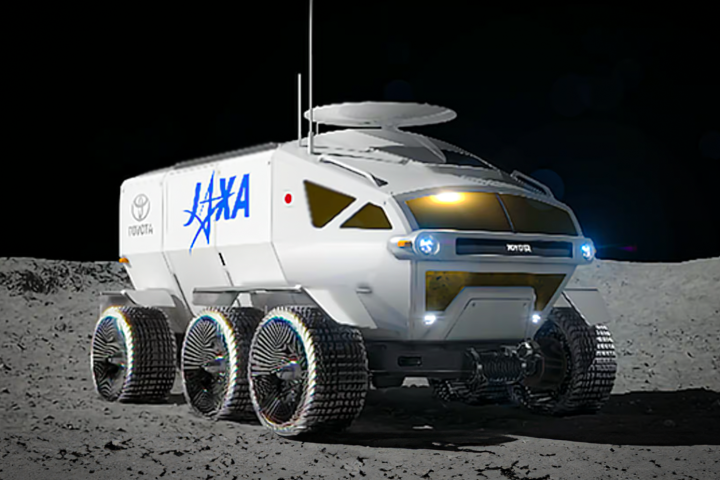In a world where lasers are sci-fi's weapon of choice for melting away an enemy spaceship (sometimes even translating to the real world), researchers at the University of Washington have swum against the current and produced the first laser capable of cooling liquids. The technology could be especially useful for slowing down single cells and allow scientists to study biological processes as they happen.
Your run-of-the-mill laser pointer exploits the atomic behavior of rubies to produce photons of red light which are precisely coordinated in both phase and frequency. This careful level of coordination gives off a high-energy beam that usually has the effect of heating up its target – sometimes dramatically so.
But when properly designed, lasers can also be used to cool down objects. The mechanism for a cooling laser was first demonstrated in 1995 in the vacuum. Now, two decades later, researchers Peter Pauzauskie and team have achieved the first cooling laser in liquids, using an infrared laser to cool water by 36° F (20° C) under normal conditions.

The scientists have achieved this by creating a laser nanocrystal, suspending it in water and illuminating it with concentrated infrared light. The unique reddish-green glow of the crystal carries slightly more energy than it absorbs from the laser, taking the difference by pumping heat away from both the crystal and the surrounding liquid.
The nanocrystal can emit more energy than it receives because it exploits the movement of its individual atoms. The temperature of a material is directly related to how fast its atoms are moving, absolute zero corresponding to perfectly still atoms. The infrared light emitted by the cooling laser is set at a frequency such that atoms that happen to be moving toward the light source will emit a photon, producing a distinctive glow and decreasing the speed (and temperature) of the atom.
While growing laser crystals is normally an expensive and time-consuming affair, the researchers were able to do so using a low-cost hydrothermal process which they say was both faster and scalable.
The use of low-energy infrared light opens the possibility of using the cooling laser to precisely refrigerate sections of a cell without killing it, allowing scientists to study biological process in slow motion. To this end, Pauzauskie and team showed the laser could refrigerate common saline solutions and cell culture materials.
Once some of the kinks (including low scalability and energy efficiency) are worked out, the technology could also find use to cool the high-power lasers used in defense and telecommunications systems, or perhaps even to build a fanless (and hopefully silent) cooling system for our laptops and desktop computers.
A study describing the advance is set to appear in the journal Proceedings of the National Academy of Science.
Source: University of Washington





